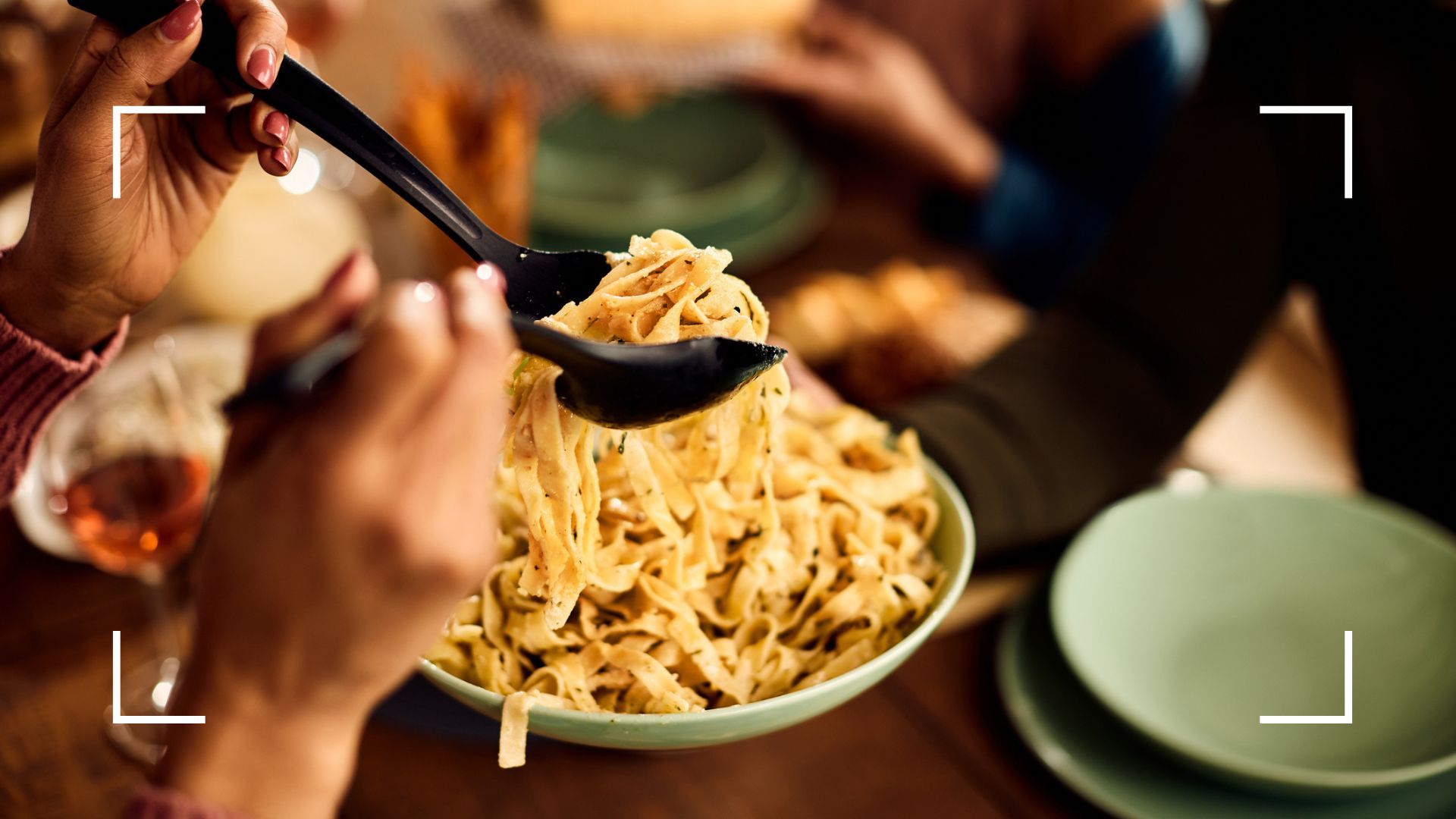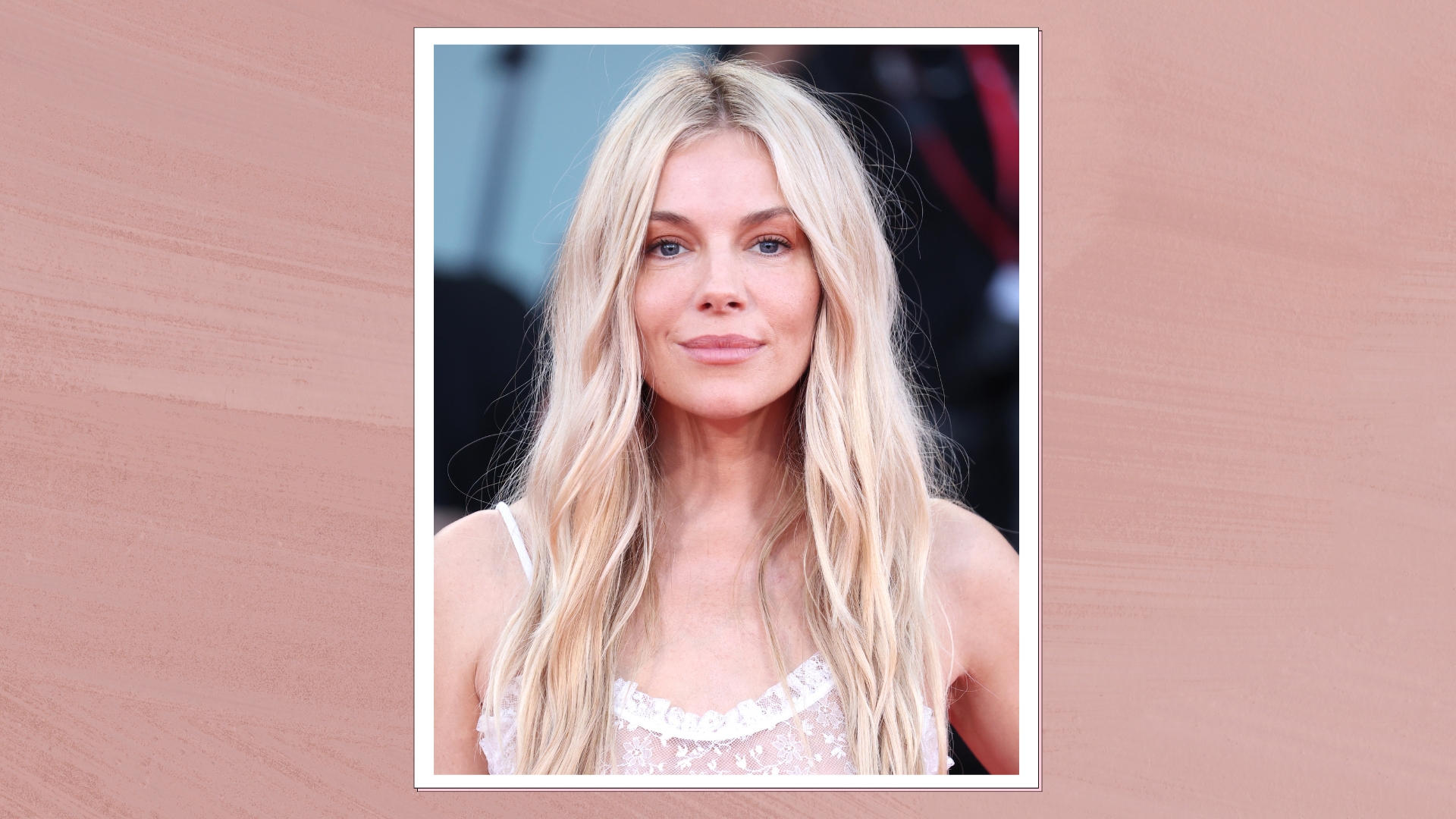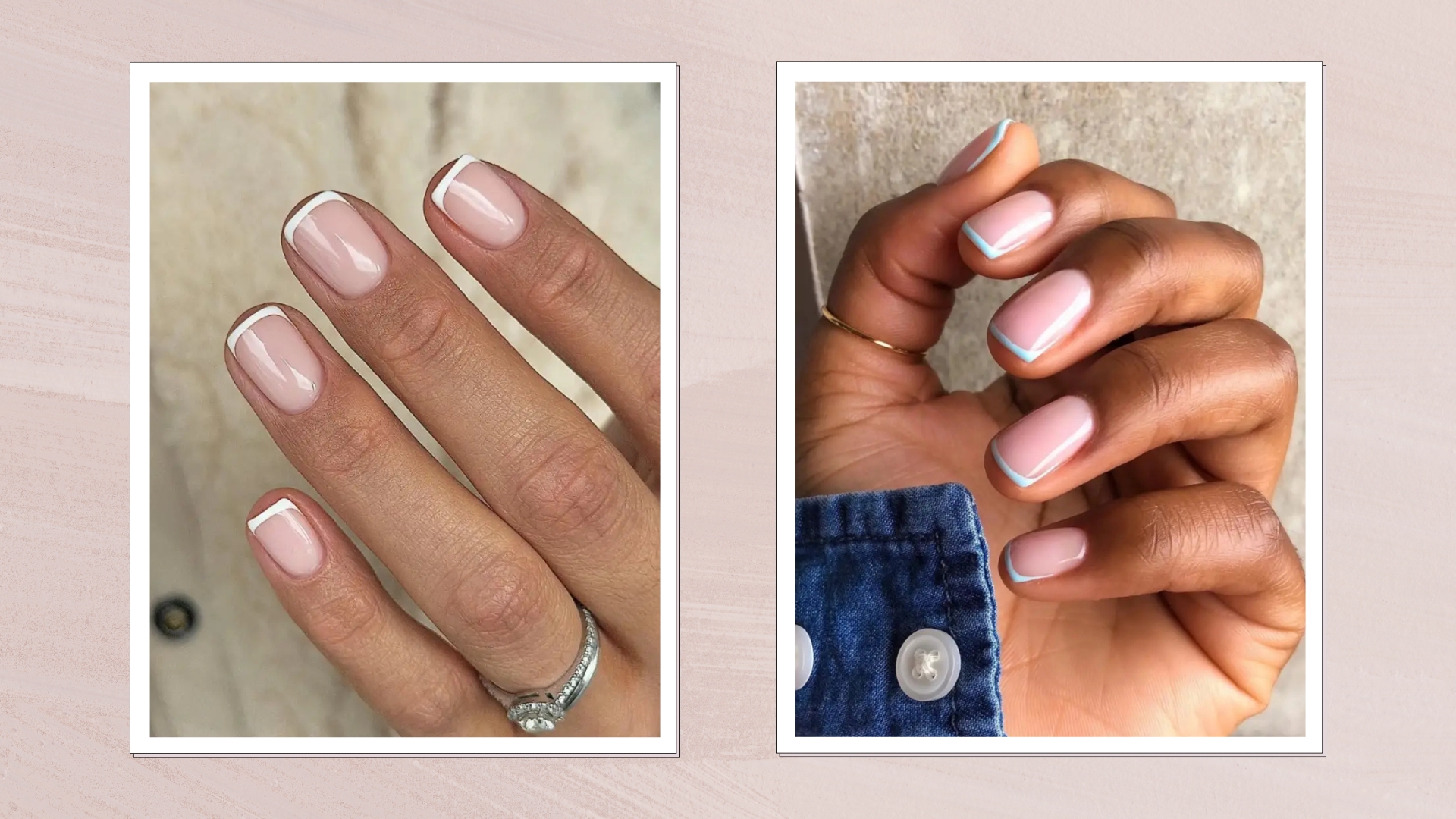What is reverse dieting and how does it work for weight loss?
Reverse dieting could help you continue losing weight healthily. Two nutrition experts explain how


Reverse dieting takes calorie restriction and turns it on its head in a bid to help those who’ve lost weight but are now stuck in a plateau.
While the concept of reverse dieting doesn’t have loads of scientific backing, its success in the world of bodybuilding over the years has made it a viable option for those who have lost weight and want to continue losing weight in a healthy, sustainable way.
Far from being a plan to help you learn how to lose weight in a week, reverse dieting is all about increasing the calories you eat to ‘jumpstart’ the metabolism and sidestep some of the more unpleasant symptoms of weight loss.
What is reverse dieting?
Reverse dieting, as the name suggests, is doing the opposite of being in a calorie deficit to lose weight. “It has you slowly and methodically adding back the calories you’ve taken away, typically from carbs and fat,” says Natasha Ram, trainer at F45 Mill Hill.
After being in the deficit, which is where you burn more calories than you eat every day, you will be eating in an entirely opposite way. “Instead of reducing your calories over the weeks, it involves gradually increasing them over a few weeks or months,” she says.
Reverse dieting is certainly not for everyone though, explains nutritional expert, certified personal trainer, and head of Online Personal Training at Ultimate Performance, Elliott Upton. “Reverse dieting is an old body-building trick and, generally speaking, it should be done after you’ve been on a low-calorie diet for a long time. So it wouldn’t be my first recommendation as a tool to elicit weight loss,” he says.
“However, there is a caveat to that, and this is where it might, I stress might, help certain people,” he adds.
Sign up for the woman&home newsletter
Sign up to our free daily email for the latest royal and entertainment news, interesting opinion, expert advice on styling and beauty trends, and no-nonsense guides to the health and wellness questions you want answered.

Does reverse dieting work for weight loss?
There is limited evidence to suggest that reverse dieting works for weight loss particularly, but increasing the number of calories you eat can help to boost calorie burning if your deficit has stopped working, or you've been crash dieting and need to get back on track.
This weight loss dead-end is known as weight loss plateau and it happens, Ram explains, “when your body starts to adapt to a low-calorie plan as it slows your metabolism down in an effort to conserve energy.” By amping up the number of calories you consume, several studies, including one by the Endocrine Research Unit at the Mayo Clinic, suggests that you can reverse this.
“By gradually building you calories back up to a maintenance level, it has the potential to restart and recharge your metabolism,” says Upton, meaning you can burn more calories in the long run and lower your metabolic age.
But not only that, he adds, “It will help you to slowly build your calories back up to a healthy level and reintroduce important food groups. In turn, this will slowly improve your overall health, you'll learn how to sleep better, and your cravings will reduce, all of which have a positive impact on your metabolism and fat loss.”
Who is reverse dieting for?
Reverse dieting could be a plan for anyone who has been in a tight calorie deficit for a while but has stopped losing weight and wants to continue. But it can also work for those who want to continue steadily losing weight without the nasty side effects, like headaches and nausea.
“There is evidence to suggest that some women are unintentionally in a deficit because society has drummed into them that the lower the calories, the slimmer they’ll be,” Upton says. “This leads to careless eating because you’re depriving yourself of what the body needs by focusing purple on calorie figures on food labels.”
He explains, “Dropping your calorie count too low or eliminating whole food groups from your diet [as is suggested on the ketogenic diet, for example] will slow your metabolism by its effect on the thyroid hormones.”
This in turn leads to side effects, including the famous keto headache, as well as “hunger pains and cravings, feelings of being sluggish and disrupted sleep. In turn, that can lead to binge-eating to satisfy those cravings,” Upton says.
However, some people will find that they reverse dieting doesn’t work for them. One of the biggest resisting factors for this is age, especially for women.
“Metabolism naturally declines with age,” explains Ram, pointing to the common reason behind menopausal weight gain. “This means that you can’t diet in the same way throughout your life and the same reverse dieting protocol that works for a 20 year old isn’t going to work in the same way for a 50 year old.”

Reverse dieting for weight loss - how to get started
All you need to do, says Ram, is “increase your calorie intake by around 50 to 100 calories above your baseline, which is the number of calories you eat to maintain weight, every week.”
It doesn’t really matter how you do this, but opting for a more rounded approach to eating like the 80/20 diet rule or the Mediterranean diet is a good way to go. “The best approach is to ensure your diet contains enough good, solid nutrients and the right amounts of proteins, carbs and good fats,” Upton says.
While there are plenty of benefits of protein powder, your intake of this particular macronutrient doesn’t need to be significantly higher than it was before.
All you need to do is make sure that you’re sticking to this gradual calorie intake. To help with this, try calorie counting via an app like MyFitnessPal. It’s not an approach everyone can take but it will help some people ensure that they’re actually only increasing by the right amount. “People typically underestimate the calorie content of a meal by up to 259 calories,” explains Ram.
You should keep doing this for around four to 10 weeks or until you reach the number of calories you were eating before you started dieting. From there, you can either continue eating or revert back to dieting depending on your goals.

Grace Walsh is woman&home's Health Channel Editor, working across the areas of fitness, nutrition, sleep, mental health, relationships, and sex. She is also a qualified fitness instructor. In 2025, she will be taking on her third marathon in Brighton, completing her first ultra marathon, and qualifying as a certified personal trainer and nutrition coach.
A digital journalist with over seven years experience as a writer and editor for UK publications, Grace has covered (almost) everything in the world of health and wellbeing with bylines in Cosmopolitan, Red, The i Paper, GoodtoKnow, and more.
-
 We're in awe of Sienna Miller's easy-going and 'piece-y' hairstyle and how perfect it is for spring
We're in awe of Sienna Miller's easy-going and 'piece-y' hairstyle and how perfect it is for springThis laid-back hairstyle is - quite literally - making waves this season
By Naomi Jamieson Published
-
 We never thought we'd see this 'dated' manicure make a chic comeback, but here it is - and we're on board
We never thought we'd see this 'dated' manicure make a chic comeback, but here it is - and we're on boardClean and angular, short square French tips are a go-to this season for a practical but stylish manicure...
By Naomi Jamieson Published